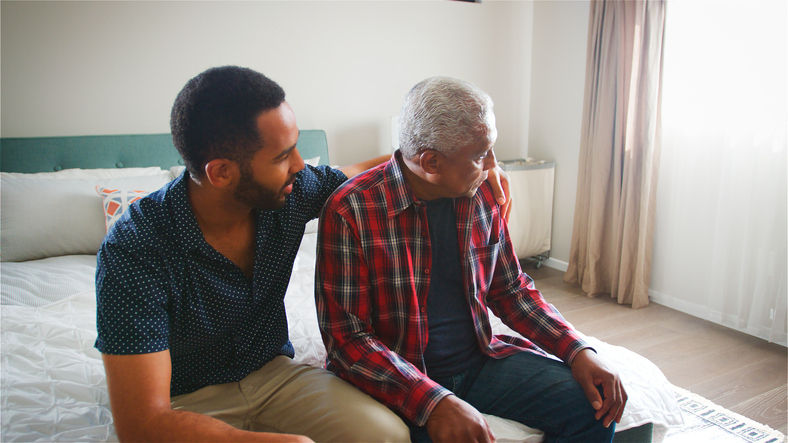The Hidden Cost of COVID – Part 4
- Elder Care Law Blogger
- Dec 21, 2020
- 3 min read
Updated: Oct 6, 2022

The first three articles in our series have focused on the perspectives of residents and family members. In this article, we hear from Sara Horne, Executive Director of Maybelle Carter Living, a community in Madison, Tennessee that specializes in independent living, assisted living, and memory care.
Like most people managing long-term care facilities, Sara’s concerns started during the first week of March. “Everyone was talking about this thing called the coronavirus,” she remembered. “At that time, no one knew what we were dealing with, but our company was quick to respond. We started disinfecting everything and secured personal protective equipment to keep everyone safe.”
As other nursing homes in the area started reporting outbreaks, Maybelle Carter Living took a proactive approach, signing up for a state program to test the facility’s 130 residents and 60 staff members. They also instituted a health screening protocol that included a questionnaire, a temperature check, and a screening of oxygen saturation levels that applied to everyone who entered the building, including staff members. “Responding to COVID has cost more than we could have imagined,” Sara admitted, “but the expense is well worth it to keep people safe.”
What has Maybelle Carter Living done to keep residents connected to their families? One look at the community’s Facebook page tells the story. “We’re doing Facebook Live videos with the residents,” Sara said. “These videos have been a great way for family members to see their loved ones still having fun. We’ve also giving residents iPads that they can use to visit virtually with family members. And we are blessed with a great activities department. They’ve set up crafts stations where residents can go in one at time to do crafts.”
Sara admits that facility lockdowns have been challenging for residents and family members accustomed to the ability to come and go as they please. During the pandemic, Maybelle Carter Living was on lockdown like many other long-term care facilities. As the number of cases eased in the summer, they began allowing visits from family members deemed essential caregivers, those who assist residents with their basic care. Family members of hospice residents were also permitted to visit. “If they’ve been exposed to COVID or they’ve tested positive, they can’t come in,” Sara noted. “If their temperature is over 99, if their oxygen saturation is below 94, they cannot enter the building.”
Visitors who clear the health screening hurdles but don’t meet the essential caregiver criteria are permitted to visit with loved ones in one of the facility’s many outdoor areas. “We’re very lucky here because we have such an expanded place,” Sara said. “Family members can visit outside and stay six feet apart and have their mask on and still be safe.”
When it comes to caring for older relatives, old habits die hard. The pandemic has changed a lot in the long-term care world, and Sara acknowledges that family members often make innocent mistakes that can expose their loved ones and others to unnecessary risk.
Something simple—like a hug or a touch—can cause big problems. “This is a tough one because you want to show your love,” Sara admitted. “Everyone needs to stay six feet apart, and that is really hard for people to do. You could be carrying it and not even know it because you could be asymptomatic, but you can bring it to your loved one.”
Bringing younger family members to visit can also create problems. “We don’t allow anyone under 18 right now because they’re known for being asymptomatic carriers,” Sara explained. “I’ve had to tell people not to bring in their toddler grandchildren, and that’s not an easy conversation to have.”
Taking the resident to family gatherings, restaurants, or appointments outside the facility is another challenge. “If a resident goes to a gathering that has more than 10 people, we will have to test them when they come back, and they may have to go into quarantine because we can’t afford to infect the rest of the residents. We have a beauty shop right here that we’re using that uses the proper precautions, and that’s where residents should go.”
Transportation to and from appointments is also an issue. “We had a resident that needed to go to the dentist,” Sara said. “She was exposed to COVID on the access bus. She didn’t get it, but when she came back, we had to test her, and she had to quarantine for 10 days, which is hard on everyone.”
Without a doubt, COVID-19 has created many challenges for long-term care facilities. Reports from long-term care facilities like Maybelle Carter Living underscore the care and commitment demonstrated by these professional caregivers as they work to walk the fine line between resident safety and family access.







Comments